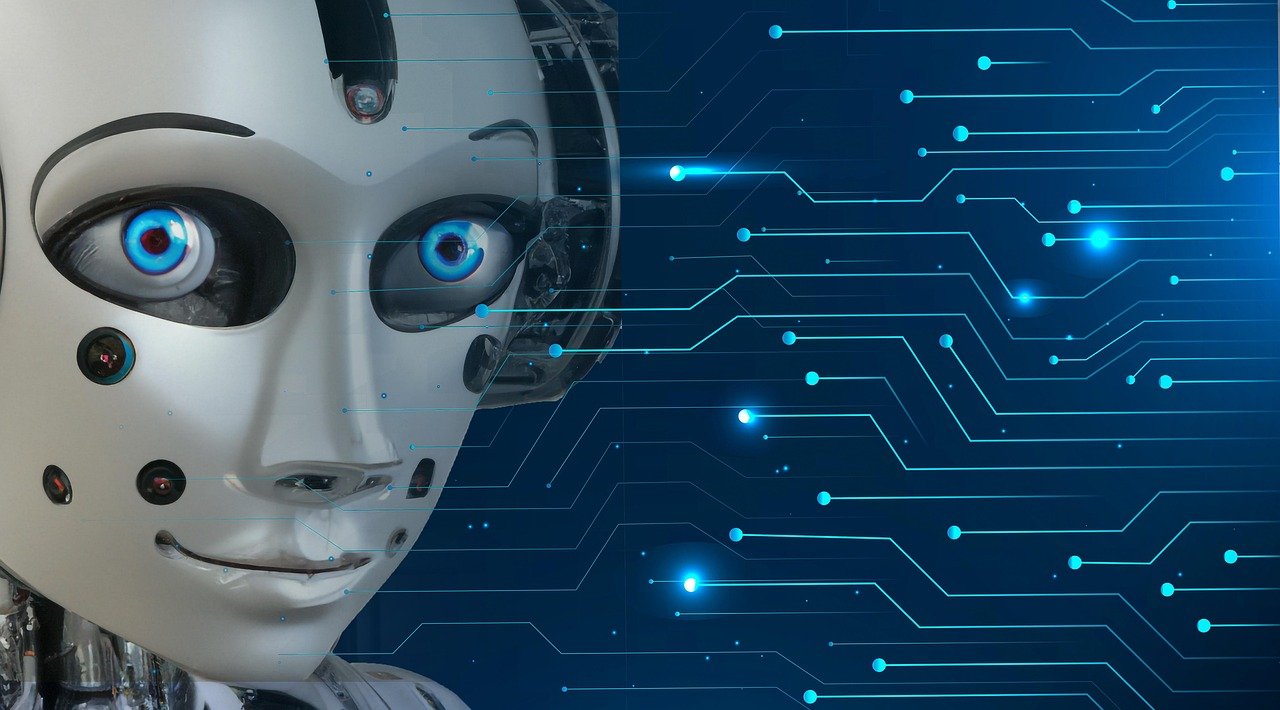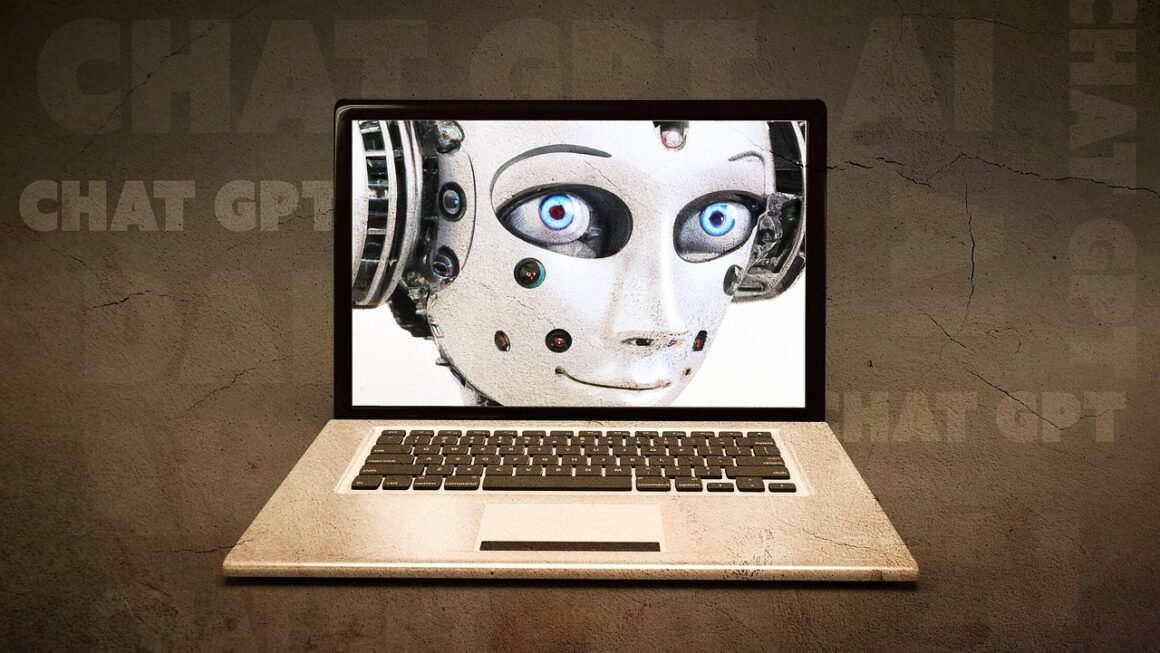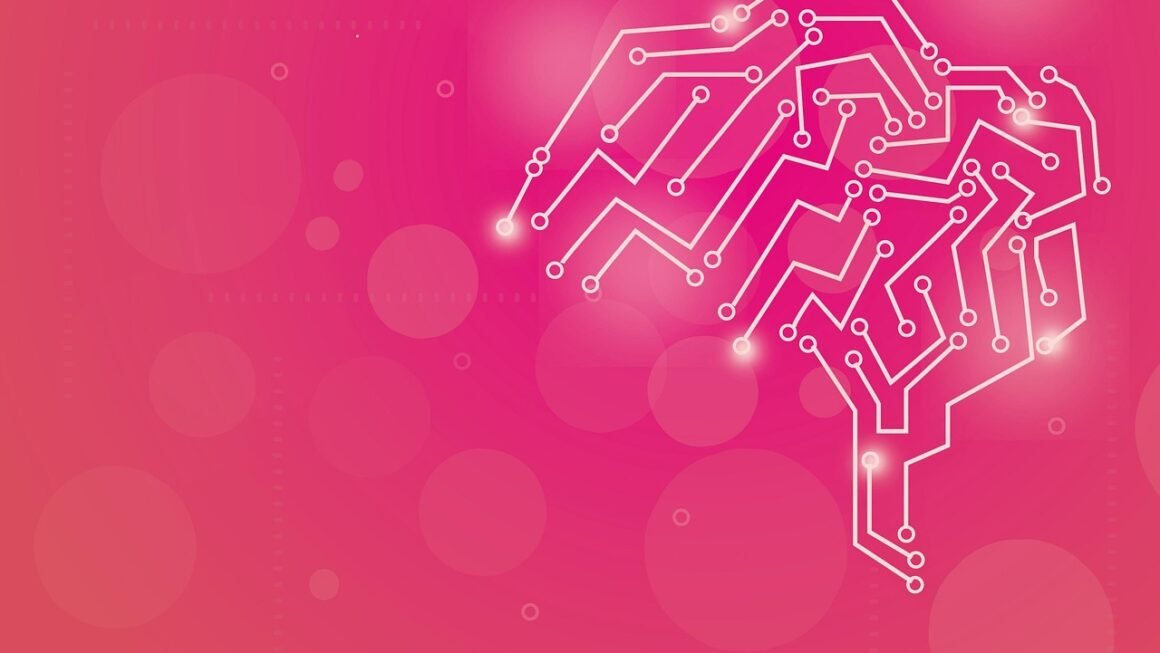Artificial intelligence (AI) is rapidly transforming our world, permeating industries from healthcare to finance and beyond. Understanding the various AI technologies, their applications, and potential impact is crucial for navigating the evolving technological landscape. This article provides a detailed exploration of AI, covering its core concepts, key technologies, real-world applications, and future trends. Whether you’re a business leader, tech enthusiast, or simply curious about AI, this guide will provide valuable insights into the power and potential of artificial intelligence.
Understanding Artificial Intelligence
Artificial intelligence aims to create machines that can perform tasks typically requiring human intelligence. This involves developing systems that can learn, reason, solve problems, perceive their environment, and understand natural language.
Defining AI: From Concept to Reality
- Core Concept: AI focuses on building machines capable of mimicking human intelligence, allowing them to perform tasks autonomously.
- Evolution: The field has evolved significantly, from early rule-based systems to sophisticated machine learning models.
- Types of AI: Includes Narrow or Weak AI (focused on specific tasks), General or Strong AI (human-level intelligence), and Super AI (surpassing human intelligence). Currently, we primarily interact with Narrow AI.
Key Components of AI
- Machine Learning (ML): Algorithms that allow computers to learn from data without explicit programming.
Example: Netflix using ML to recommend movies based on viewing history.
- Deep Learning (DL): A subset of ML using artificial neural networks with multiple layers to analyze data.
Example: Image recognition in self-driving cars relying on deep learning.
- Natural Language Processing (NLP): Enables computers to understand, interpret, and generate human language.
Example: Chatbots providing customer support or virtual assistants like Siri and Alexa.
- Computer Vision: Allows machines to “see” and interpret images and videos.
Example: Facial recognition technology used in security systems.
- Robotics: Involves designing, constructing, operating, and applying robots. Often integrated with AI to enhance their capabilities.
Example: Robots used in manufacturing for automated assembly lines.
Machine Learning: The Engine of AI
Machine learning is the bedrock of many AI applications, enabling systems to improve their performance based on the data they are exposed to. Understanding the different types of machine learning is crucial for appreciating its capabilities.
Types of Machine Learning
- Supervised Learning: Training a model on labeled data to predict outcomes.
Example: Spam filters learning to identify spam emails based on labeled examples.
Techniques: Regression (predicting continuous values) and classification (predicting categories).
- Unsupervised Learning: Discovering patterns and structures in unlabeled data.
Example: Customer segmentation for marketing campaigns using clustering algorithms.
Techniques: Clustering (grouping similar data points) and dimensionality reduction (reducing the number of variables).
- Reinforcement Learning: Training an agent to make decisions in an environment to maximize a reward.
Example: Training AI to play games like chess or Go.
Application: Robotics, game playing, resource management.
How Machine Learning Works: A Practical Example
Natural Language Processing: Bridging the Gap Between Humans and Machines
Natural Language Processing (NLP) focuses on enabling computers to understand, interpret, and generate human language. This capability is crucial for various applications, from chatbots to sentiment analysis.
NLP Techniques and Applications
- Text Analysis: Extracting meaningful information from text.
Example: Sentiment analysis to gauge customer opinions from social media posts.
- Language Translation: Automatically translating text from one language to another.
Example: Google Translate.
- Chatbots and Virtual Assistants: Creating conversational interfaces for customer service or personal assistance.
Example: Amazon Alexa or chatbots on e-commerce websites.
- Speech Recognition: Converting spoken language into text.
Example: Voice assistants like Siri and Google Assistant.
The Power of NLP: Practical Examples
- Healthcare: NLP is used to analyze medical records and assist in diagnosis.
- Finance: NLP is used to detect fraud and analyze financial news.
- Marketing: NLP is used to personalize marketing campaigns and analyze customer feedback.
Computer Vision: Enabling Machines to See
Computer Vision enables computers to interpret and understand images and videos, mimicking the visual processing abilities of humans. This technology is essential for applications ranging from self-driving cars to medical imaging.
Core Components of Computer Vision
- Image Recognition: Identifying objects and features within an image.
Example: Identifying faces in a photograph.
- Object Detection: Locating and identifying multiple objects within an image.
Example: Identifying cars, pedestrians, and traffic lights in a street scene.
- Image Segmentation: Dividing an image into multiple regions or objects.
Example: Separating different organs in a medical image.
Real-World Applications of Computer Vision
- Self-Driving Cars: Enabling vehicles to navigate and avoid obstacles.
- Medical Imaging: Assisting doctors in diagnosing diseases through X-rays and MRIs.
- Security Systems: Enhancing surveillance and access control using facial recognition.
- Manufacturing: Inspecting products for defects and ensuring quality control.
The Impact of AI Across Industries
AI is revolutionizing industries by automating tasks, improving efficiency, and enabling new innovations. Its applications are vast and continue to expand as AI technologies advance.
AI in Healthcare
- Diagnosis and Treatment: Assisting doctors in diagnosing diseases and developing personalized treatment plans.
- Drug Discovery: Accelerating the process of identifying and developing new drugs.
- Personalized Medicine: Tailoring treatments to individual patients based on their genetic makeup and medical history.
- Example: AI-powered tools analyzing medical images to detect cancer at early stages.
AI in Finance
- Fraud Detection: Identifying and preventing fraudulent transactions.
- Algorithmic Trading: Automating trading decisions based on market data.
- Risk Management: Assessing and managing financial risks.
- Example: AI algorithms analyzing market trends to make informed investment decisions.
AI in Manufacturing
- Automation: Automating repetitive tasks and improving efficiency.
- Quality Control: Inspecting products for defects and ensuring quality.
- Predictive Maintenance: Predicting equipment failures and scheduling maintenance.
- Example: Robots performing complex assembly tasks on manufacturing lines.
AI in Retail
- Personalized Recommendations: Providing personalized product recommendations to customers.
- Inventory Management: Optimizing inventory levels and reducing waste.
- Customer Service: Providing automated customer support through chatbots.
- Example: E-commerce websites recommending products based on browsing history and purchase behavior.
Conclusion
Artificial intelligence is a transformative technology with the potential to reshape industries and improve our lives. By understanding the core concepts, key technologies, and real-world applications of AI, we can better navigate the evolving technological landscape and harness the power of AI for innovation and progress. Embracing AI requires continuous learning and adaptation, but the opportunities are vast and the potential rewards are significant.



